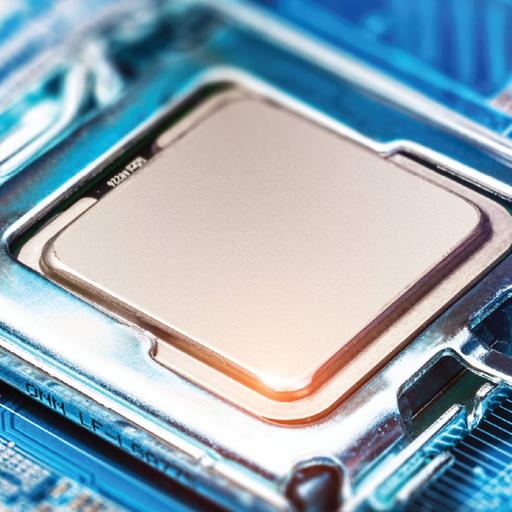Microprocessor 8085
Presentations | English
The 8085 microprocessor is an 8-bit processor that includes on its chip most of the logic circuitry for performing computing tasks and for communicating with peripherals. 8085 is pronounced as "eighty-eighty-five" microprocessor. It is an 8-bit microprocessor designed by Intel in 1977 using NMOS technology. It is used in washing machines, microwave ovens, mobile phones, etc. This capability matched that of the competing Z80, a popular 8080-derived CPU introduced the year before. These processors could be used in computers running the CP/M operating system. The 8085 is supplied in a 40-pin DIP package. The main advantages of 8085 were its internal clock generator, internal system controller and higher clock frequency. Third Generation Microprocessor: In 1978, INTEL released the 8086 microprocessor, a year later it released 8088. Both devices were 16 bit microprocessors, which executed instructions in less than 400ns. The 8085 has six general - purpose registers to store 8-bit data; these are identified as B, C, D, E, H and L as shown in the figure. They can be combined as register pairs - BC, DE, and HL - to perform some 16-bit operations.

21.00
Lumens
PPTX (84 Slides)
Microprocessor 8085
Presentations | English
